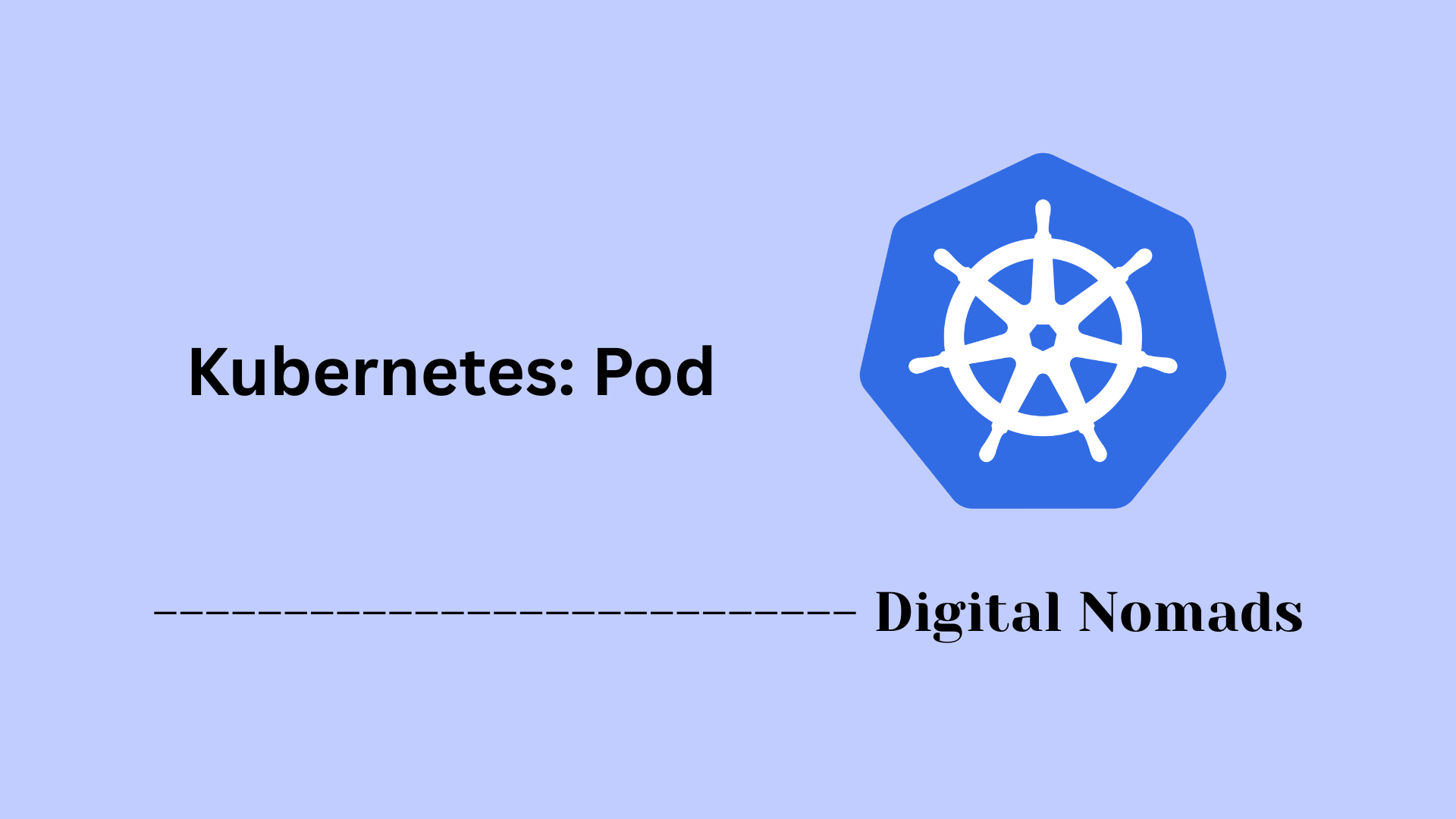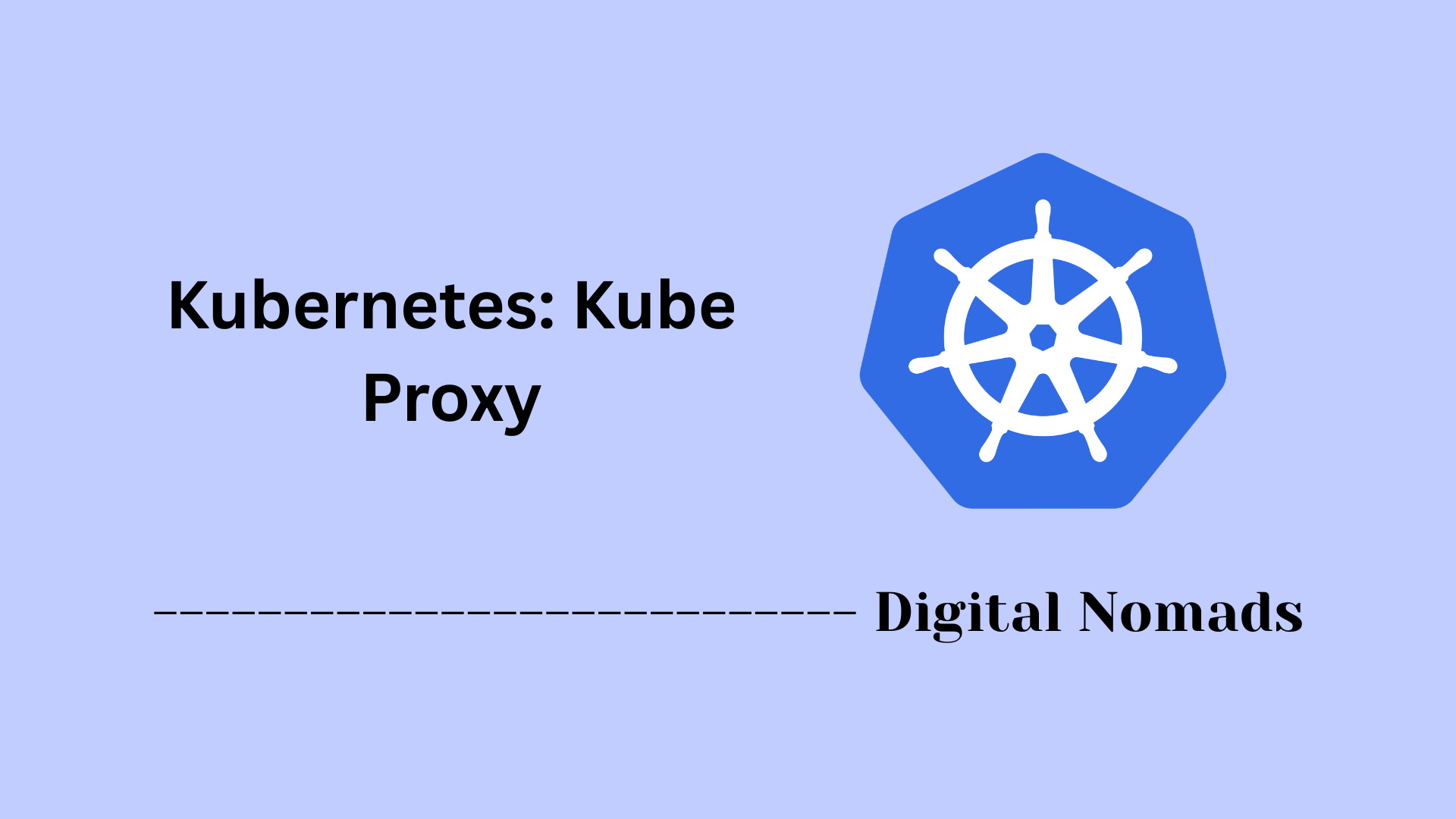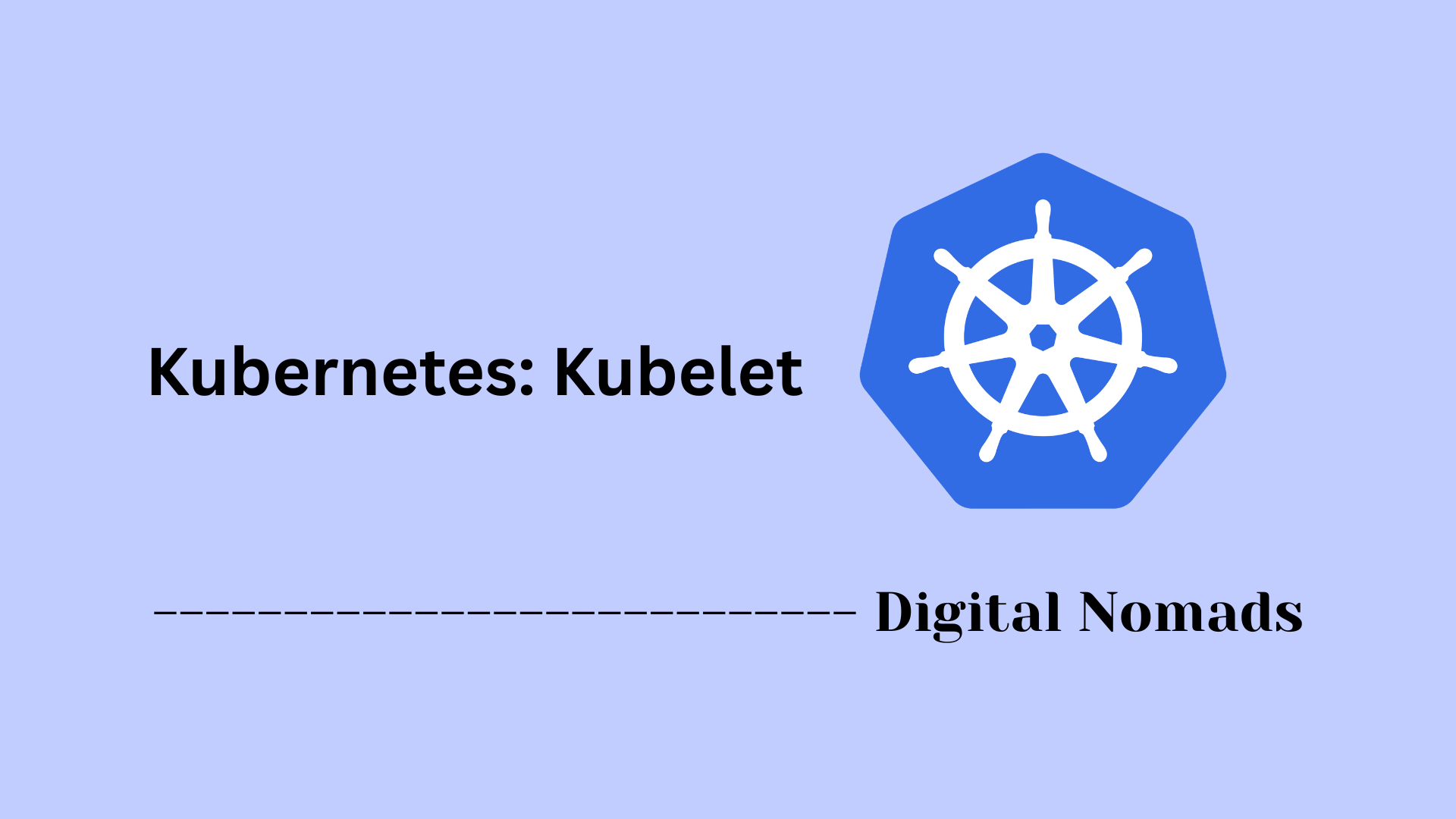Table of Contents
- Overview
- Core Components
- Component Descriptions
- Control Plane Communication Flow
- Security Considerations
- High Availability (HA)
- Troubleshooting and Monitoring
- Conclusion
Kubernetes Control Plane: Overview
What Is the Kubernetes Control Plane?
The Kubernetes control plane is the central management layer in every Kubernetes cluster. It’s composed of several specialized components that work together to regulate, orchestrate, and realize the desired state of your containerized applications and infrastructure. The control plane is the “brain” of Kubernetes, making high-level decisions about cluster management and responding to both planned and unexpected changes.
Why Does the Control Plane Matter?
Understanding the control plane is essential for anyone working with Kubernetes because:
- Cluster Reliability: The control plane determines how workloads are distributed and maintained, ensuring that applications launch, scale, and recover automatically.
- Automation & Policy Enforcement: It interprets intent (through manifests and configurations) and translates it into automated actions—such as rolling out new deployments, enforcing security policies, or balancing resources across nodes.
- Security & Governance: Access to cluster resources and sensitive data is controlled at this layer, making it the cornerstone of cluster security and compliance.
- Troubleshooting & Root Cause Analysis: When something goes wrong, logs and events stemming from the control plane provide insight into what happened and why.
For operators, SREs, and developers alike, knowing how the control plane works directly empowers troubleshooting, optimization, and platform reliability.
How Does the Control Plane Work?
The control plane maintains the desired state of the cluster through the following process:
- Configuration Submission: You or an automation tool specify the desired cluster state (like running a certain number of app replicas) via configuration files (YAML/JSON) using tools like kubectl.
- Request Handling: The API server acts as the front door, accepting requests and validating them.
- State Storage: All cluster data—including configurations, object metadata, and secrets—is persisted in etcd, a distributed key-value store.
- Scheduling & Control: Specialized components watch for changes or desired outcomes. The scheduler assigns new workloads to nodes that fit specific requirements. Controllers constantly reconcile actual versus desired state, launching new pods, updating replicas, or terminating unhealthy components as needed.
- Continuous Reconciliation: The entire system operates as a loop, constantly evaluating what is running versus what should be running, and taking automated action to close any gap.
In short, the control plane abstracts away complexity, manages consistency, and orchestrates automation, so your containerized workloads run at scale, securely, and with as little manual intervention as possible.
Core Components
These are the components that make up the Kubernetes control plane and coordinate the cluster’s operation:
- kube-apiserver: Acts as the main access point for the cluster. It processes all REST API requests, validates them, and updates the state stored in etcd. It serves as the communication hub between users, external tools, and the cluster itself.
- etcd: A distributed key-value store that maintains all persistent data for the cluster, including configuration, state information, and metadata. It provides consistency and coordination across the cluster.
- kube-scheduler: Watches for newly created pods that do not have assigned nodes yet. It selects the most suitable nodes for those pods based on resource availability and scheduling policies.
- kube-controller-manager: Runs the various controllers that regulate the cluster state. These controllers continuously work to ensure that the actual state matches the desired state, managing nodes, replication, endpoints, and more.
- cloud-controller-manager: Handles interactions with the underlying cloud provider. It manages cloud-specific resources such as load balancers and storage, allowing the cluster to integrate seamlessly with cloud infrastructure.
Component Descriptions
Detailed explanations of the main components that operate within the Kubernetes control plane:
-
kube-apiserver:
Serves as the primary access point for the cluster. It handles REST API requests from users, automation, and internal components. It validates and processes these requests, and ensures communication and coordination within the cluster. Multiple instances can be deployed for scalability and fault tolerance. -
etcd:
A distributed, reliable key-value store that holds all cluster data such as configurations and state information. It supports atomic operations and watch capabilities, enabling consistent data storage and cluster coordination. -
kube-scheduler:
Monitors pods without assigned nodes and selects appropriate nodes by evaluating resource availability, affinities, taints, and other scheduling constraints. -
kube-controller-manager:
Runs various controllers responsible for regulating cluster state. These include controllers for node management, replication, and endpoint updates. Each controller continuously monitors cluster resources and reconciles them to the desired state. -
cloud-controller-manager:
Manages cloud provider-specific logic by interacting with the underlying infrastructure. It handles tasks such as provisioning load balancers, managing storage, and node lifecycle events in the cloud environment.
Control Plane Communication Flow
This is how the Kubernetes control plane processes requests and manages workloads step by step:
-
Request Submission:
A user, automated system, or component sends a request (such as deploying an application or updating settings) to the cluster using the API server. -
API Server Processing:
The API server receives and validates the request. It checks authentication and authorization, then updates or queries the cluster state stored in etcd. -
State Persistence:
If changes are needed, the API server saves the desired configuration and state in etcd, ensuring there is a consistent source of truth for the cluster. -
Controller Actions:
The controller manager continuously monitors etcd for state changes and acts to ensure the actual cluster state aligns with what is desired. For example, it may create or remove pods, manage nodes, or update services. -
Scheduling Decision:
If new pods need to be created, the scheduler evaluates resource availability and constraints, then selects the most appropriate worker nodes for those pods. -
Node Execution:
Worker nodes, via the kubelet agent, receive instructions from the control plane. They start, stop, or adjust containers as directed and report status updates back through the API server. -
Continuous Monitoring:
The control plane components work in a loop—constantly monitoring, reconciling, and updating the cluster to maintain the desired configuration even when conditions change.
Security Considerations
Protecting the Kubernetes control plane is crucial to ensuring the security of your entire cluster. Here are important aspects to consider when securing the control plane:
-
API Access Control:
Restrict access to the Kubernetes API server using role-based access control (RBAC), and limit privileges to only what is necessary per user or service. Always use strong authentication and enable authorization checks to prevent unauthorized access. -
Network Isolation:
Place control plane components inside a private network, separate from public or general-purpose networks. Segregate control plane and data plane network traffic to minimize the attack surface and prevent lateral movement. -
etcd Protection:
Secure etcd with encryption in transit using TLS. Restrict etcd access to the API server only, and keep etcd nodes on isolated and protected networks. Always enable encryption for data at rest to protect sensitive cluster information. -
Secret Management:
Use Kubernetes secrets to store sensitive information, such as passwords and tokens. Enable encryption at rest for secrets in etcd. Apply RBAC policies to restrict who can access or modify secrets objects. -
Admission Controls:
Use admission controllers to validate and enforce security policies on resource creation and updates. Enforce pod security standards and apply custom controls to ensure workloads comply with your organization’s policies. -
Audit Logging:
Enable and regularly review audit logs to track operations and API requests. Audit logs help detect suspicious activity and provide traceability in the event of incidents. -
Credential and Certificate Management:
Rotate credentials, certificates, and keys on a regular basis. Use short-lived tokens and automate certificate renewals to minimize the risk from compromised credentials. -
Minimize Privileges:
Apply the principle of least privilege everywhere—limit what components, users, and applications can do. Avoid broad cluster-admin or overly permissive roles. -
Patch Management:
Keep Kubernetes and control plane components up to date with the latest security patches. Regularly check for vulnerabilities in system, platform, and third-party components.
High Availability (HA)
High availability ensures that the Kubernetes control plane remains operational even during component or infrastructure failures. Here’s how you can achieve robust HA for your Kubernetes control plane:
-
Multiple Control Plane Nodes:
Deploy the API server, controller manager, and scheduler on several separate nodes. A minimum of three nodes is recommended for resilience against node loss. Distribute these nodes across different physical servers or availability zones to minimize risk from single points of failure. -
Distributed etcd Cluster:
Run etcd as a distributed cluster. Place each etcd member on a separate control plane node. For best results, use an odd number (such as three or five) to enable quorum-based consensus and tolerate failure of one or more nodes. -
Load Balancer for API Server:
Place a layer 4 (TCP) load balancer in front of all API server instances. It routes external and internal Kubernetes API traffic, allowing seamless failover if any API server becomes unavailable. -
Component Redundancy:
Ensure all control plane components are configured for redundancy. While kube-apiserver runs in active-active (all instances serve requests), the controller manager and scheduler use leader election to provide automated failover and prevent split-brain operations. -
Isolation and Network Design:
Isolate control plane components on a dedicated, secure network. Use firewall rules and network segmentation to restrict access. Distribute the nodes across multiple zones or data centers where possible for geographic redundancy. -
Regular Backups and Testing:
Perform scheduled backups for etcd, and periodically test restore procedures. Validate both infrastructure and failover processes with disaster recovery drills to ensure continuity and minimize downtime in real scenarios.
Implementing these practices allows the control plane to stay functional in the face of failures, ensuring steady orchestration of workloads and service availability across the cluster.
Troubleshooting and Monitoring
Maintaining the health and performance of the Kubernetes control plane requires proactive monitoring and efficient troubleshooting practices. Here’s how you can approach these tasks:
-
Log Collection and Analysis:
Continuously collect and review logs from the API server, controller manager, scheduler, and etcd. Use log aggregation tools to centralize logs for easier searching and incident response. -
Component Health Checks:
Regularly check the health endpoints for control plane components to verify they are running as expected. Most components have dedicated health or readiness endpoints that can be monitored automatically. -
Metrics Monitoring:
Deploy monitoring solutions such as Prometheus to track metrics for resource usage, API server performance, scheduler latency, and etcd health. Set up alerts for threshold breaches to detect anomalies early. -
Event and Audit Monitoring:
Examine Kubernetes events and audit logs to trace operational issues and access patterns. This helps in pinpointing the root cause of configuration errors or unexpected actions. -
etcd State Validation:
Consistently validate the health and cluster status of etcd. Monitor for signs of quorum loss, high write latency, or disk space issues that could affect the control plane. -
API Server Troubleshooting:
Investigate API server logs for failed authentication attempts, denied requests, or admission controller rejections. Look for patterns of resource contention or persistent failures. -
Controller and Scheduler Diagnostics:
Monitor controller and scheduler logs for warning or error messages related to failing reconciliations, scheduling delays, or lost leadership events. -
Simulated Failover Tests:
Periodically conduct failover testing and simulate outages to validate the redundancy and recovery mechanisms of your control plane setup.
Implementing comprehensive monitoring and troubleshooting processes helps detect issues promptly, maintain cluster reliability, and support a rapid response when incidents occur.
Conclusion
Throughout this blog post, we explored the foundational elements that power the Kubernetes control plane—its architecture, inner workings, and what it takes to keep it secure and resilient.
We began by understanding the core components, such as the API server, etcd, scheduler, and controllers. Each of these plays a vital role in orchestrating how applications run reliably across the cluster. We then dove into the detailed responsibilities of each component, before walking through the flow of how the control plane handles operations—from user requests to node execution.
Security is never optional, especially for control plane components. We covered how to safeguard access, encrypt sensitive data, and enforce strong authentication practices. Ensuring high availability through redundancy, failover mechanisms, and smart network placement allows clusters to stay online through failures and disruptions. Finally, we examined monitoring best practices and troubleshooting steps that help detect issues early and keep operations running smoothly.
Understanding the control plane is crucial to getting the most out of Kubernetes—it’s the brain of the system. Whether you’re just beginning your Kubernetes journey or looking to reinforce production-grade cluster operations, knowing how to operate and secure the control plane puts you ahead.
Thanks for taking the time to join us on this deep dive into Kubernetes! Happy clustering, and stay tuned for more cloud-native guides and tutorials. 👋🚀




